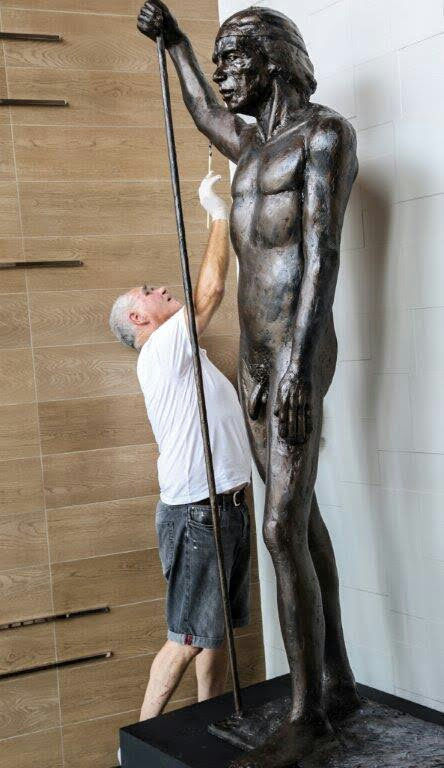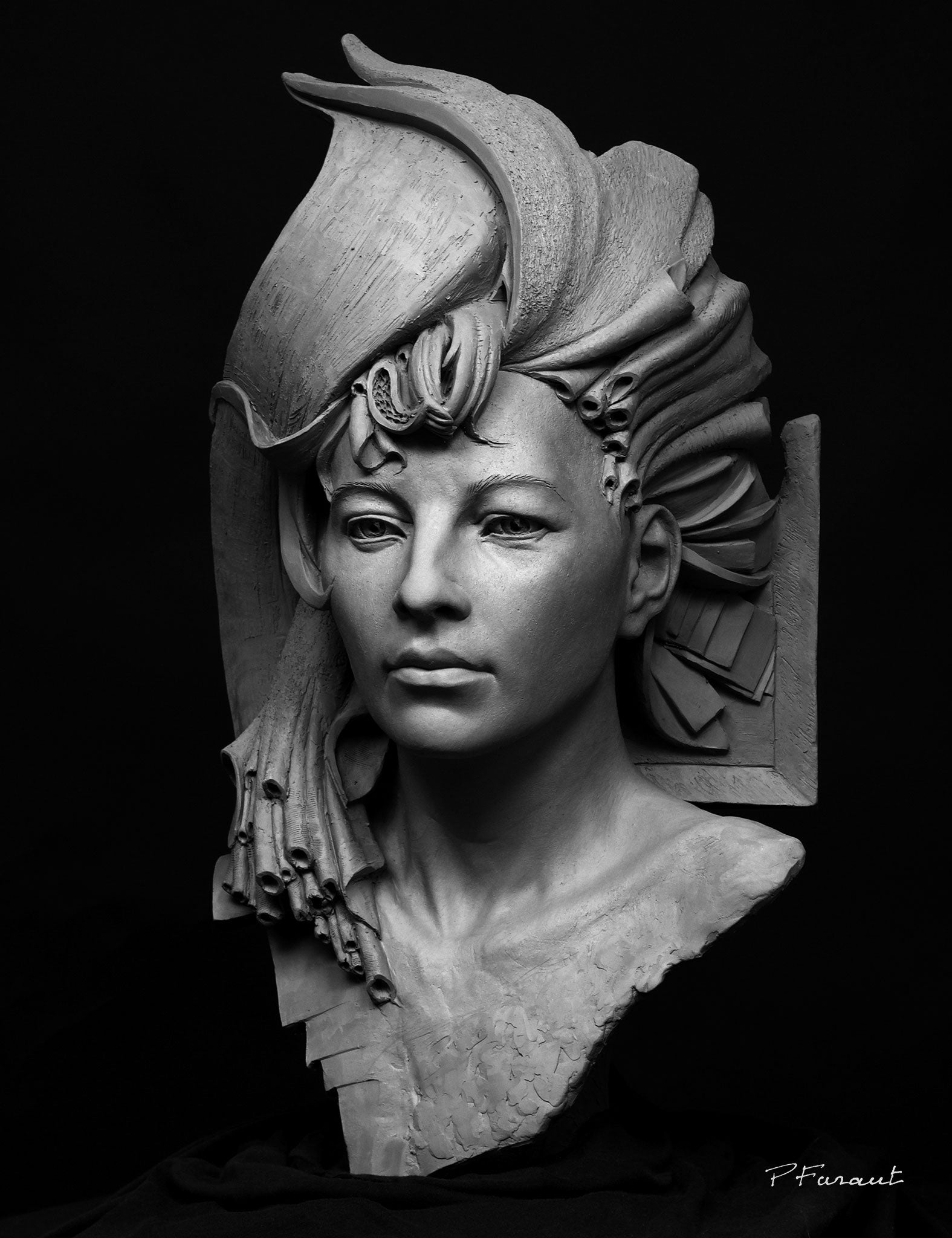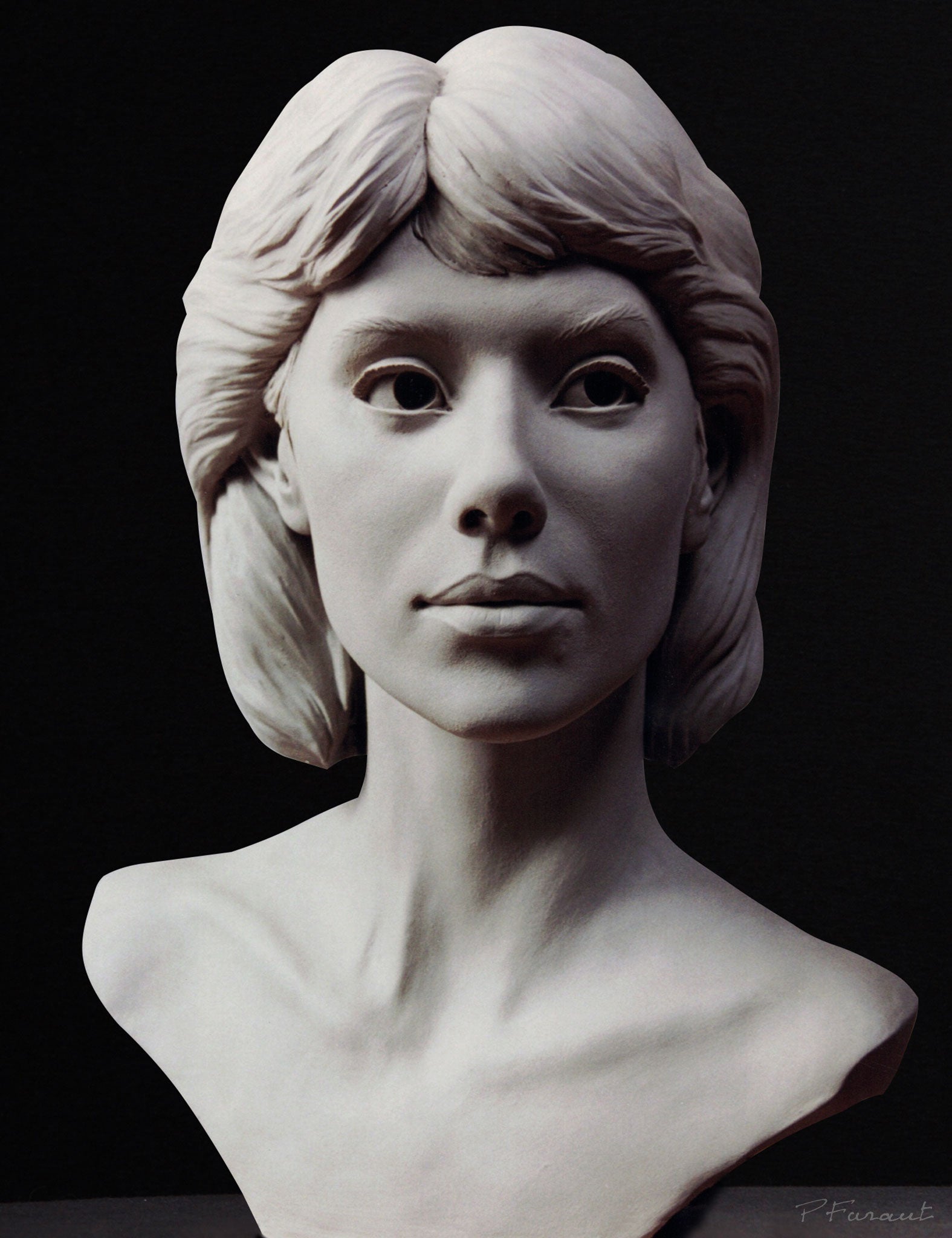The Evolution of Sculptures: From Ancient to Modern
The Advancement of Sculptures: From Old to Modern.
Sculpture, one of the earliest forms of art, has actually been an indispensable part of human civilization for centuries (Robert C Hitchcock Sculptor). From the ancient people of Egypt and Greece to the modern-day era, sculptures have evolved, reflecting adjustments in imaginative strategies, materials, and cultural impacts. This trip via time traces the advancement of sculptures, discovering the changes in vogue, subject, and imaginative expression
Starting with the ancient world, sculptures crafted from stone and later bronze captured the significance of divine beings, rulers, and everyday life. The Renaissance duration observed a rebirth of timeless sculpting techniques, as musicians sought to replicate the stylish forms of ancient Greek and Roman sculptures. In the modern era, artists challenged traditional boundaries, accepting abstraction and testing with new materials.

This expedition will look into the varied evolution of sculptures, disclosing the rich tapestry of creative expression across various periods and societies.
Ancient Sculptures: From Rock to Bronze
Ancient sculptures transitioned from being taken of rock to being cast in bronze. This shift noted a considerable development in the art of sculpture, enabling better improvement and information in the completed jobs. Rock sculptures, while excellent in their own right, were limited by the nature of the product. Stone required extensive carving and shaping, often causing a much more streamlined depiction of the subject.
The intro of bronze as a medium for sculptures brought around a revolution in creative expression. Bronze offered sculptors the possibility to create lifelike and intricate types that were not feasible with rock. The process of casting bronze enabled for the production of several duplicates of a sculpture, enabling larger circulation and conservation of these creative masterpieces.
The shift from rock to bronze additionally saw a shift in the subject of sculptures. While rock sculptures primarily illustrated gods, sirens, and mythical numbers, bronze sculptures started to mirror a broader series of topics, consisting of day-to-day individuals and pets. This expansion of subject matter showcased the versatility and versatility of the bronze medium.
Renaissance Resurgence: Shaping in the Classic Design
The Renaissance rebirth of sculpture observed a renewal in the timeless design, structure upon the advancements made during the change from rock to bronze in old sculptures. During this duration, artists sought to recreate the classic aesthetic and suitables of charm that prevailed in ancient Greek and Roman sculptures.
Among the vital features of the Renaissance resurgence was the emphasis on naturalism and the human type. Carvers like Donatello and Michelangelo make every effort to record the physiological information and expressions of their subjects with unprecedented accuracy. They researched the human body and incorporated their monitorings into their sculptures, leading to sensible and realistic representations.
Another essential aspect of the Renaissance rebirth was the exploration of perspective and deepness. Artists used strategies such as contrapposto, where the weight of the body is moved to one side, developing a feeling of activity and dynamism. They also try out various materials, consisting of marble and bronze, to attain a level of sophistication and details in their sculptures.
The classic design of the Renaissance resurgence had a profound impact on later periods of art, serving as a foundation for the development of Western sculpture. It brought a restored recognition for the charm and grandeur of the human type, and its legacy can still be seen in contemporary sculptures today.
Modernism and the Avant-Garde: Breaking Typical Borders

Among the key qualities of modernist sculpture was the emphasis on abstraction. Sculptors moved far from sensible representations and rather concentrated on recording the essence of the subject via simplified types and geometric forms. This separation from conventional representation enabled musicians to share their emotions and concepts in a much more personal and subjective way.
In addition, the progressive motion tested social standards and conventions, motivating musicians to experiment and press the limits of their art - Contemporary Sculptures. Sculptors began incorporating unusual materials such as discovered things, industrial materials, and even all-natural components into their work. This expedition of new materials and techniques not only broadened the opportunities for sculpture yet likewise tested the standard notions of what could be taken into consideration art
Contemporary Sculptures: Checking Out New Materials and Concepts
With a concentrate on discovering new materials and principles, contemporary sculptures have actually changed the area of art. Artists today are pushing the boundaries of standard sculpture by utilizing cutting-edge materials and experimenting with abstract principles. These sculptures challenge traditional ideas of significance, kind, and materiality, welcoming audiences to engage in a new and thought-provoking artistic experience.
Contemporary carvers are accepting a wide variety of materials, consisting of plastic, glass, metal, and also raw material. Portrait Sculptor. They are not limited to the traditional tool of rock or clay, enabling higher freedom of speech and trial and error. This change in the direction of non-traditional products has actually opened new opportunities for musicians to produce sculptures that are vibrant, interactive, and visually striking
In enhancement to exploring brand-new materials, modern sculptures additionally explore complex and abstract ideas. Artists are currently checking out motifs such as identification, social problems, and the setting, utilizing sculpture as an effective tool for social commentary and introspection. These sculptures test viewers to think seriously and involve with art on a much deeper level, stimulating conversations and provoking psychological actions.
Worldwide Impacts: Sculptural Practices From All Over The World

In ancient Egypt, sculptures were created mainly for spiritual and funerary purposes. The renowned sculptures of pharaohs and gods, such as the Great Sphinx and the breast of Queen Nefertiti, showcase the Egyptians' mastery of stone sculpting and their idea in the immortality.
In ancient Greece, sculpture reached its height throughout the timeless period. Influenced by the perfects of percentage, appeal, and harmony, Greek sculptures stressed the human type and commemorated the success of heroes, professional athletes, and gods. The famous sculptures of Aphrodite of Knidos and the Discobolus exemplify the Greeks' search of excellence in sculptural art.
In old Rome, sculpture offered both creative and political functions. Portrait Sculptor. Roman sculptures commonly illustrated emperors, generals, and mythological numbers, reflecting the power and magnificence of the realm. The marble statue of Augustus of Prima Porta and the monumental Arc of Constantine are noteworthy examples of Roman sculptural accomplishments
Asian sculptural traditions, especially in India, China, and Japan, have also had an extensive impact on the advancement of sculptures. Japanese sculptures, affected by Buddhism, emphasize simpleness and serenity, seen in the serene statues of Buddha and the elegant art of bonsai.
The international influences on sculpture continue to evolve in the contemporary period. Artists today attract inspiration from various sculptural traditions, incorporating new materials, techniques, and concepts to produce innovative and provocative art work. The combination of different social influences has offered rise to a diverse and dynamic sculptural landscape, reflecting the interconnectedness of our international society. As we look to the future, it is specific that the international influences on sculpture will remain to form and redefine this ancient art type.
Final Thought
Finally, the development of sculptures has seen a shift from ancient rock and bronze functions to the classic rebirth throughout the Renaissance. This was adhered to by the splitting of traditional limits via innovation and the progressive motion. Today, contemporary sculptures check out new products and concepts, while also attracting inspiration from international sculptural traditions. The journey of sculptures reflects the ever-changing artistic expressions and social influences throughout background.
From the old human beings of Egypt and Greece to the contemporary era, sculptures have evolved, reflecting adjustments in imaginative methods, products, and social influences.Beginning with the ancient world, sculptures crafted from stone and later on bronze caught the significance of deities, leaders, and day-to-day life.Old sculptures transitioned from being sculpted out of stone to being cast in bronze. While Visit Website stone sculptures primarily shown gods, goddesses, and mythical figures, bronze sculptures began to mirror a broader array of subjects, including day-to-day individuals and pets.In final thought, the advancement of sculptures has actually seen a shift from ancient stone and bronze functions to the classical rebirth throughout the Renaissance.